Although we have been selling Alhambra guitars for many years, I had never had the opportunity (or the time) to visit their factory. Then, a couple of months ago, Alhambra paid a visit to our facilities and formally invited me back, to visit their factory. And I can say, it was well worth the five-hour trip from Madrid to Muro de Alcoy (Alicante), where Alhambra’s impressive facilities are located.

Alhambra is possibly the largest and most international manufacturer of guitars in Spain. Hardly surprising, their guitars are legendary around the world; their quality and sound unquestionable. The reason for this success is their constant pursuit of excellence in each and every product, and they spare no resources in achieving this. That’s something that I was lucky enough to see for myself, when I visited the Alhambra factory.
Handmade or factory made?
When we use the term ‘factory’ for an artisan product like the classical guitar, the flamenco guitar or the acoustic guitar, people may raise their eyebrows with skepticism or confusion. That is understandable – until you see the whole process, that is.
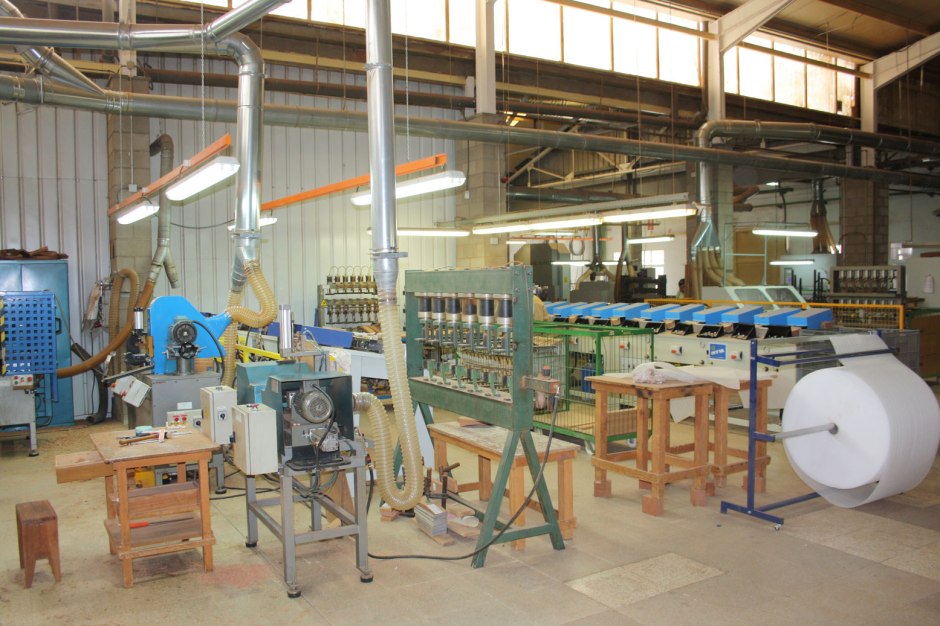
The combination of expert craftsmanship and traditional guitar-making techniques, inherited from generations of spanish luthiers, with the highest technology in cutting, trimming and shaping, produces the most precise, accurate and perfect pieces of craftsmanship imaginable.
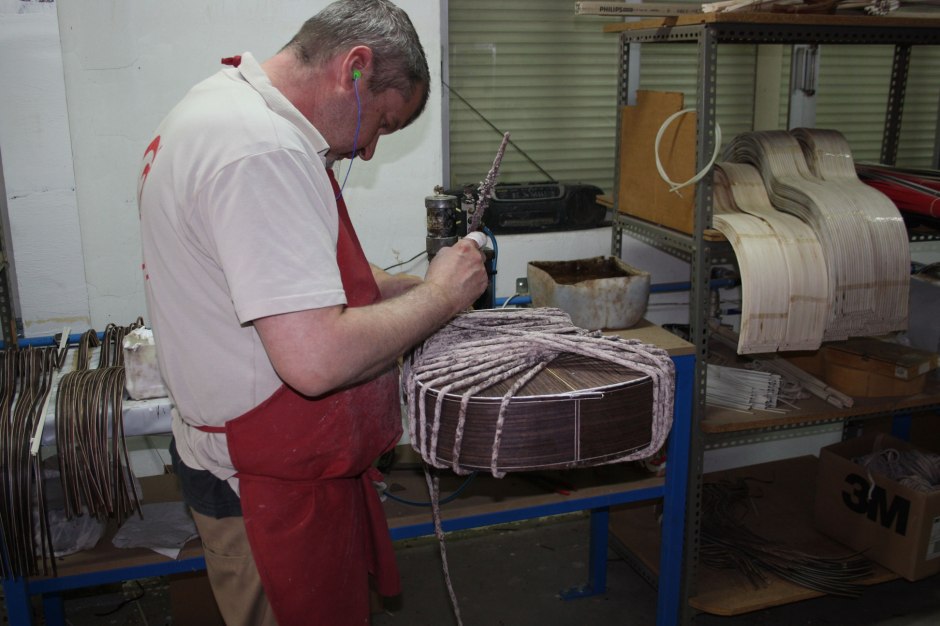
The Tonewood
It all starts with the wood. One of the reasons an Alhambra guitar sounds so good, is because they are made from the very best wood. Unlike other manufacturers, they have wood – lots of wood! Their warehouses are stocked with tons and tons of every kind of wood. After a long period of drying, experts select and rank these different woods. In the process, they reject many pieces that do not meet their quality standards, and sometimes they are resold to less demanding Asian manufacturers.
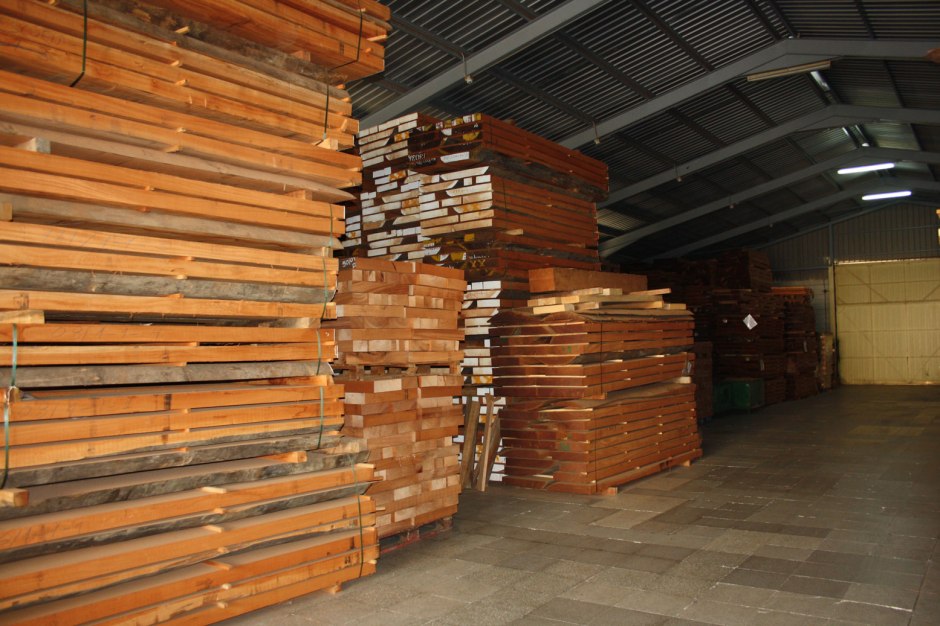
After the first selection, comes the fine selection, where an expert chooses the best pieces of wood in terms of colour, tone or wood grain to match a new guitar.

The cutting process
This is the process in which carpenters work together with high technology machines. In order to obtain perfect and millimetric parts, these machines will cut and trim the different parts of the guitar, to perfection. The carpenter will then discard any part that does not meet the quality standards.
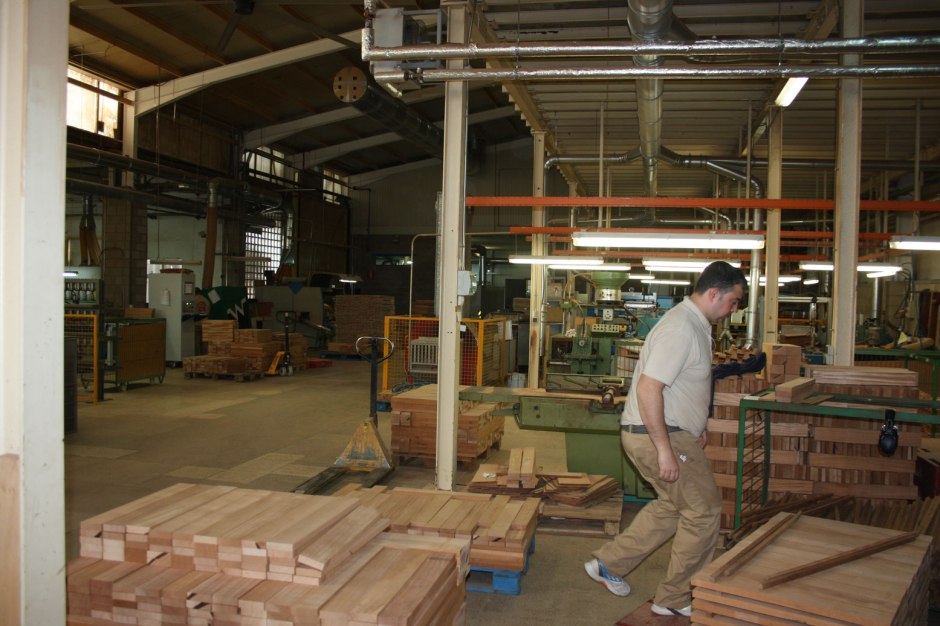
After the cutting, each part is sanded and finished by hand. I noticed that this section of the factory was controlled by older professionals, clearly, only the most experienced workers were involved in this process.
A factory full of luthiers
Many luthiers are involved in the manufacturing of each guitar at Alhambra. Each of them specializes in a different task. The coordination of the different teams is astonishing, particularly when you watch the whole process from beginning to end. One luthier makes the fretboards, another makes the bridges, and yet another makes the internal bracings, and they are classified for each model.

Although their workload is high, it was particularly noticeable that the atmosphere is very relaxed there. Each craftsman takes time to do their work, and makes it meticulously. You can tell they enjoy what they do.
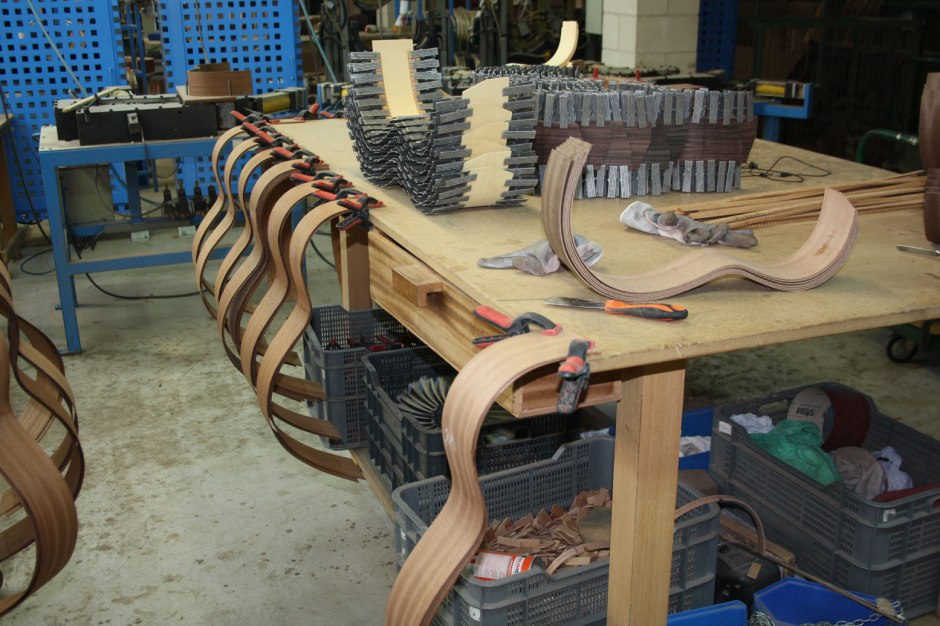
The assembly of the guitar
In another department, all the pieces that have been cut and manufactured previously are assembled by another team of luthiers. This is where each guitar model acquires its final form. Each piece is assembled manually in the same way it has been done since the beginning of guitar making. Of course, now they have better adhesives and assembly systems that 100 years ago, but the mast assembly to the sides of the guitar with the “Spanish heel” system, remains the same, giving these guitars that unique sound, sustain and stability.
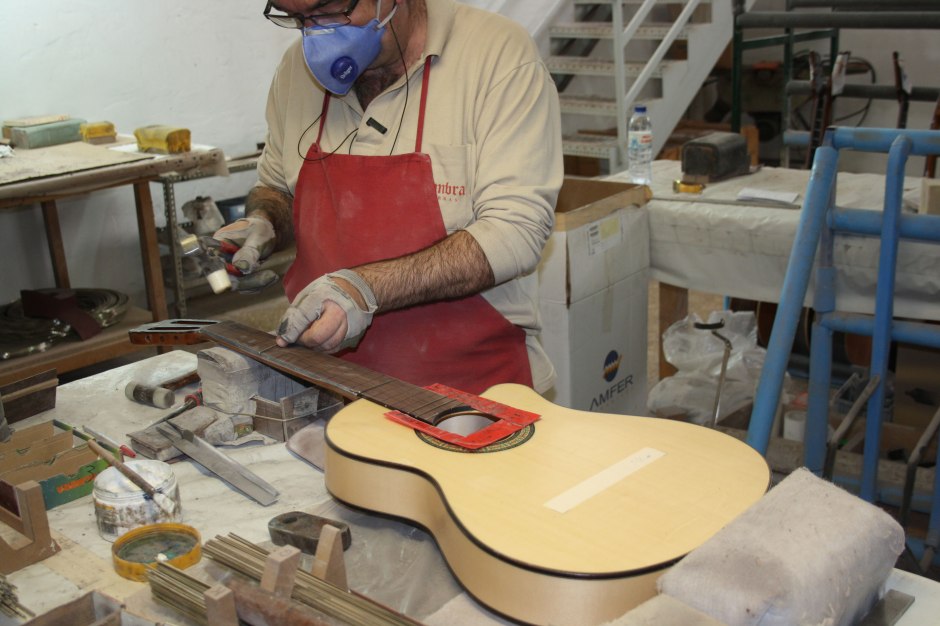
The varnishing process
The beautiful coating of an Alhambra guitar is not easy to achieve. The varnishing process takes 2-3 weeks to complete. Several fine coats of varnish are applied, but in between them, manual sanding is applied and for that, the varnish must be perfectly dried every time. The result is that glass-like effect that you see on every Alhambra guitar, that endures for so many years. Other guitars are finished with an Open Pore finishing, like the Z Nature, 3-OP or 4-OP, leaving the pores of the guitar open for extra resonance and a natural satin finish look. Nitrocellulose varnish is applied on the soundboard of models like the 9P, 10P or 11P for greater resonance too.
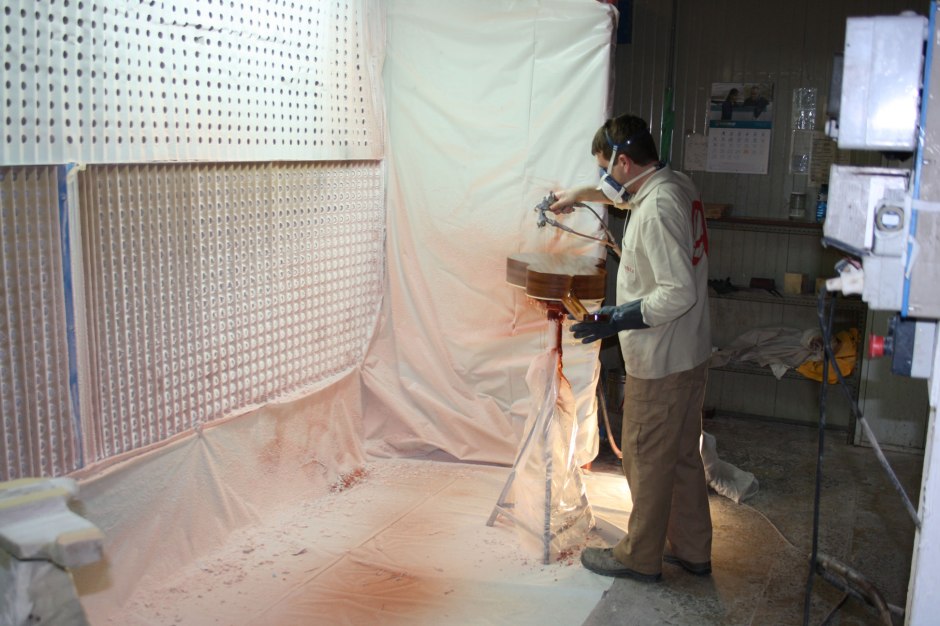
The Professional models
Inside Alhambra’s factory, there is a small atelier where the top professional models are made separately by a small group of experimented luthiers like the well known Mengual and Margarit. Here, they make popular Alhambra guitars like the Linea Profesional, Luthier Aniversario, Luthier India, Luthier Exotico, Jose Maria Vilaplana India, Mengual y Margarit Serie C, entirely by hand, among other professional Classical and Flamenco models.
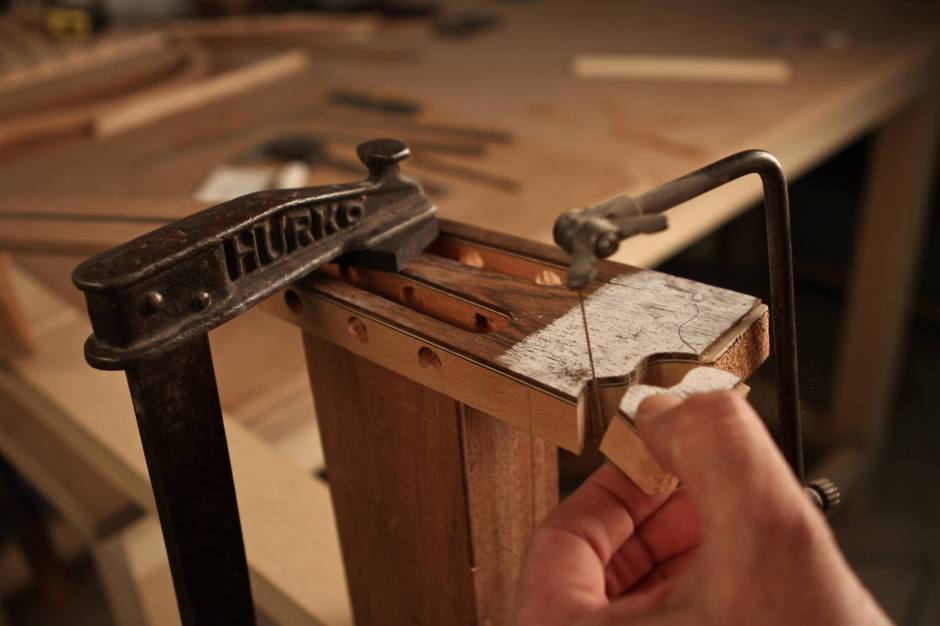
The atelier also works as a Factory of Ideas or an R&D for Alhambra. The introduction of new woods and new construction techniques originates in this facility. New concepts like the Crossover Series of guitar probably also came from there. It was an amazing experience to be there, surrounded by special guitar tops under development, and different cuts of exotic woods ready to be used on some amazing guitars (some of which were being made for us at that moment).

Responsibility to the environment
One of Alhambra’s biggest concerns right now, is how to reduce the environmental footprint in making their guitars. After all I saw, and everything that was explained to me, I can attest to Alhambra’s effort and investment in achieving a truly sustainable product that has the minimum impact on the environment.

From the acquisition of woods from sustainable forests, to the recycling of all scrap wood, varnishes and other chemicals used in the manufacture of guitars, Alhambra’s commitment is apparent. In every department there were machines dedicated to the compaction of shavings and wood scrap. These remains are sold to other companies as organic fuel or for the manufacture of furniture. The remains of paint and adhesives are separated into special containers and are recycled by specialized companies.
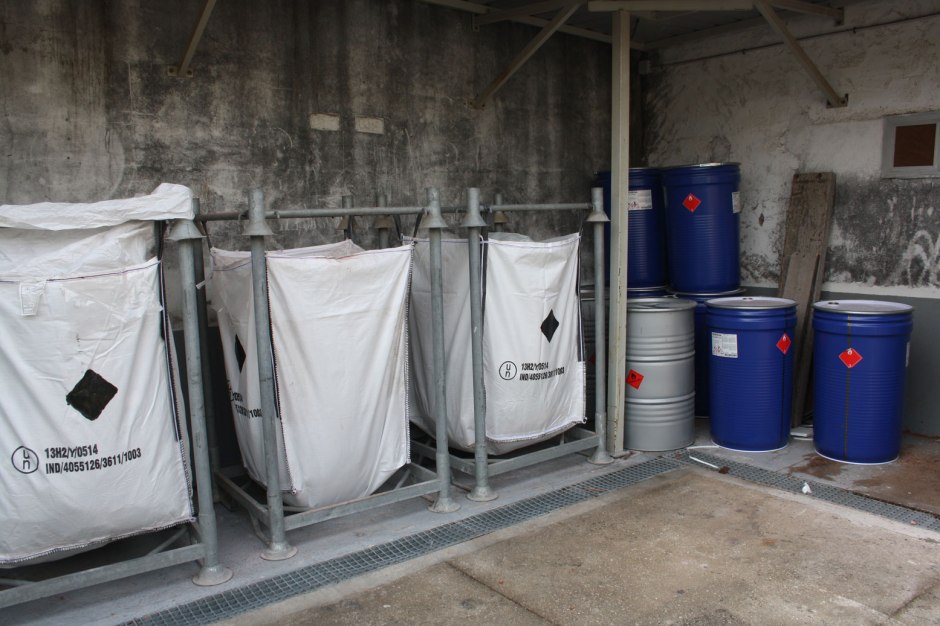
One of the managers of Alhambra told me that this complicated recycling process represents a good percentage of the profits of company. It is also one of the reasons why the prices of guitars manufactured in Asia, are more economical, because the environmental regulations, in these countries are not as demanding as in Europe.
Happy people
I’d like to finish this post by saying that what I saw on my visit to Alhambra, as well as a wonderful factory of hand-made guitars, was a large group of happy and satisfied people working there. Which shouldn’t have surprised me at all. After all, who wouldn’t like a job making those superb guitars?
I would also like to thank Jose Antonio and all the Alhambra’s team for their time, kindness and hospitality. Keep up the good work!

